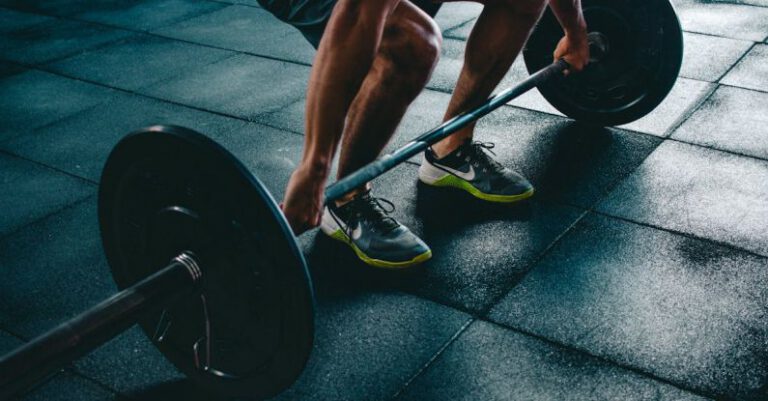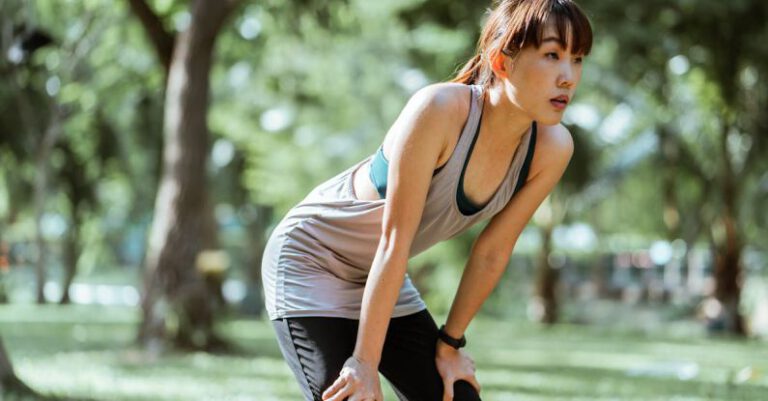
Cycling is a fantastic way to stay active and enjoy the great outdoors. Whether you’re a casual rider or a serious cyclist, increasing your flexibility can significantly enhance your performance on the bike. Flexibility plays a crucial role in cycling, allowing you to achieve a more efficient pedal stroke, maintain proper posture, and reduce the risk of injury. In this article, we will explore some effective strategies to help you increase your flexibility and take your cycling to the next level.
**Dynamic Stretching Before Your Ride**
Dynamic stretching involves moving your muscles and joints through a full range of motion in a controlled manner. This type of stretching is ideal for warming up your body before a ride, as it helps improve blood flow to the muscles and enhances joint mobility. Incorporating dynamic stretches such as leg swings, arm circles, and hip rotations into your pre-ride routine can help prepare your body for the demands of cycling and reduce the risk of muscle tightness during your ride.
**Focus on Key Muscle Groups**
Certain muscle groups play a significant role in cycling performance, including the hamstrings, quadriceps, hip flexors, and calves. Targeted stretching exercises that focus on these key muscle groups can help improve your flexibility and enhance your cycling efficiency. Incorporate stretches such as standing hamstring stretches, quad stretches, hip flexor stretches, and calf stretches into your post-ride cool-down routine to help prevent tightness and improve your overall flexibility.
**Yoga for Cyclists**
Yoga is an excellent cross-training activity for cyclists as it helps improve flexibility, strength, and balance. Many yoga poses are particularly beneficial for cyclists, targeting areas of the body that tend to become tight and restricted during rides. Poses such as downward dog, pigeon pose, and spinal twists can help release tension in the hips, lower back, and hamstrings, promoting greater flexibility and mobility. Consider incorporating a regular yoga practice into your training regimen to enhance your overall cycling performance.
**Foam Rolling for Muscle Recovery**
Foam rolling is a self-myofascial release technique that can help improve muscle recovery and flexibility. By using a foam roller to apply pressure to tight muscles, you can release knots and adhesions, promoting better blood flow and range of motion. Foam rolling after a ride can help alleviate muscle soreness and stiffness, allowing you to recover more quickly and maintain optimal flexibility for your next cycling session.
**Incorporate Strength Training**
Strength training plays a crucial role in enhancing cycling performance by improving muscular endurance and power. Additionally, strength training can help improve joint stability and prevent injuries by strengthening the muscles that support your cycling movements. Focus on exercises that target the major muscle groups used in cycling, such as squats, lunges, deadlifts, and core exercises. By incorporating strength training into your weekly routine, you can build a strong foundation that supports your flexibility and overall cycling performance.
**Hydrate and Fuel Your Body**
Proper hydration and nutrition are essential for maintaining flexibility and supporting optimal performance on the bike. Dehydration can lead to muscle cramps and stiffness, hindering your flexibility and overall cycling performance. Be sure to drink an adequate amount of water before, during, and after your rides to stay hydrated and promote muscle function. Additionally, fueling your body with a balanced diet rich in nutrients can help support muscle recovery and flexibility, allowing you to perform at your best on the bike.
**Recovery and Rest**
Rest and recovery are vital components of any training program, allowing your body to repair and adapt to the demands of cycling. Adequate rest helps prevent overtraining and allows your muscles to recover, promoting flexibility and reducing the risk of injury. Incorporate rest days into your training schedule and prioritize quality sleep to support your body’s recovery process. Listen to your body and give yourself the time and space needed to rest and rejuvenate for better cycling performance.
**Flexibility: The Key to Cycling Success**
Increasing your flexibility is a valuable investment in your cycling performance and overall health. By incorporating dynamic stretching, targeted exercises, yoga, foam rolling, strength training, hydration, and rest into your training regimen, you can enhance your flexibility, prevent injuries, and improve your cycling efficiency. Remember that flexibility is a dynamic quality that can be developed over time with consistent practice and dedication. Embrace the journey towards greater flexibility and enjoy the benefits of enhanced performance and enjoyment on your bike rides.





